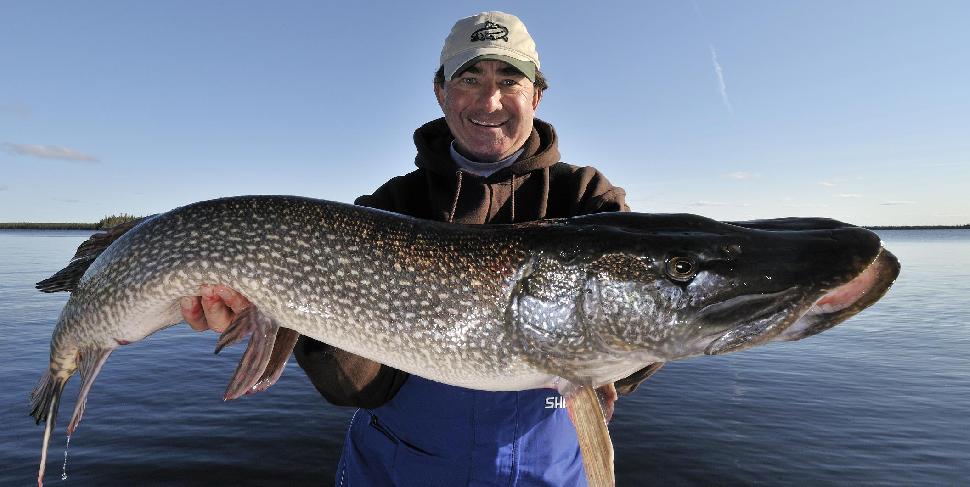Fishing for Geniuses
Put Your Fishing Know-how to the Test with Our Exclusive Quiz
Advertisement
For answers to this section, please see below…
Answers: Tactics
10. False. Smaller male and immature female walleye will linger around spawning areas, feasting on yellow perch and shiners. But the bigger females quickly move to deeper, colder main-lake structures to reduce the metabolic demands on their bodies and to feed on high-quality food such as herring and smelt.
Advertisement
11. True. You rarely find smallmouth bass living alone. They’re gregarious by nature, and function as a team when it comes to hunting for food. And when you hook a bass, it immediately empties its stomach so it can fight better. Its companions will then swoop beneath it to gobble up the free food, which your lure imitates.
12. c) Add scent to the lure. To determine whether something is edible, fish have to taste it first. But they don’t have to put it in their mouths. Fish have taste buds all over their bodies, so they often bump a topwater with their sides or slap it with their tails. Most anglers see this and think the fish has missed their bait, but it’s actually trying to determine if the lure is good enough to come back and eat. So add some scent and seal the deal.
13. a) Black.When it’s dark out, most muskie anglers reach for a black crankbait, jerkbait, spinnerbait or jig. And they typically dress it with a black soft-plastic or pork trailer. Black lures present a more distinct silhouette in the gloom, allowing muskies to better detect them. The same goes for largemouth bass and trout.
Advertisement
14. a) How deep it runs. Nothing is more important than picking a lure that stays at the depth the fish are at. If they’re lying close to the bottom, for example, you want a lure that will get down there and stay there.
15. False. When you’re using a finesse presentation that relies on lighter line and a thin wire hook, nothing guarantees a lost fish faster than setting the hook hard, as you would when flipping or pitching for bass.
Advertisement
16. False. Upper rapids, riffles and runs definitely produce good trout fishing, but the trophy-sized trout are usually caught downstream where the cold-water section of the river merges with the warmer portion. You’ll typically catch fewer trout there—and see fewer anglers—but the fish will be bigger.
17. c) It depends on the depth. If you’re quick-strike rigging in water shallower than 10 feet, you should suspend your bait in the bottom half of the water column. If you’re fishing in water deeper than 10 feet, keep your bait about three feet up off the bottom.
18. True. Big fish tend to occupy the best locations on a spot, and only bite when they haven’t been disturbed. The clamour associated with catching a number of small fish, along with the shadow and noise from your boat, will lead a big fish to lie back and sulk. So, always make your first casts count.
Up next, test your knowledge of fishing Gear…

